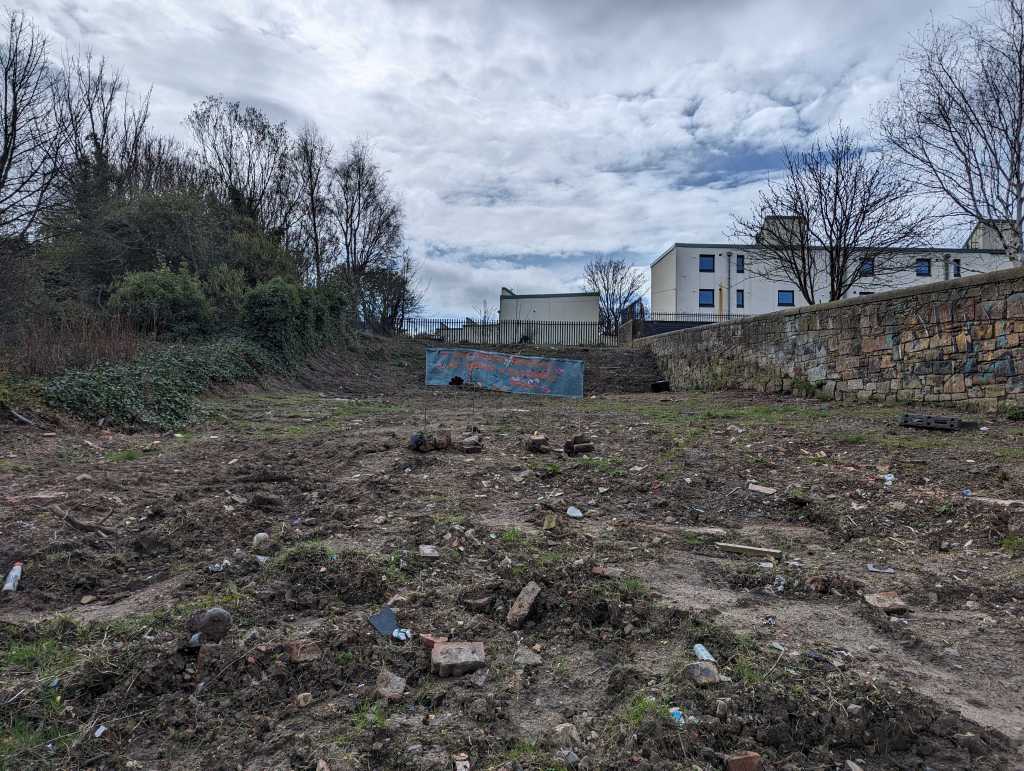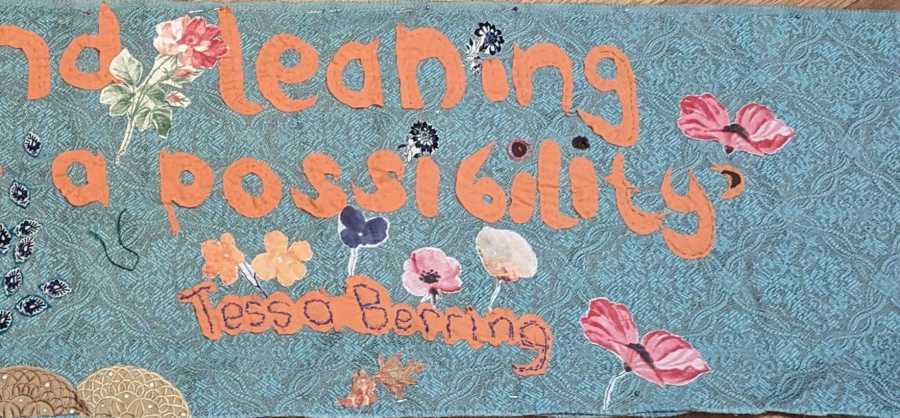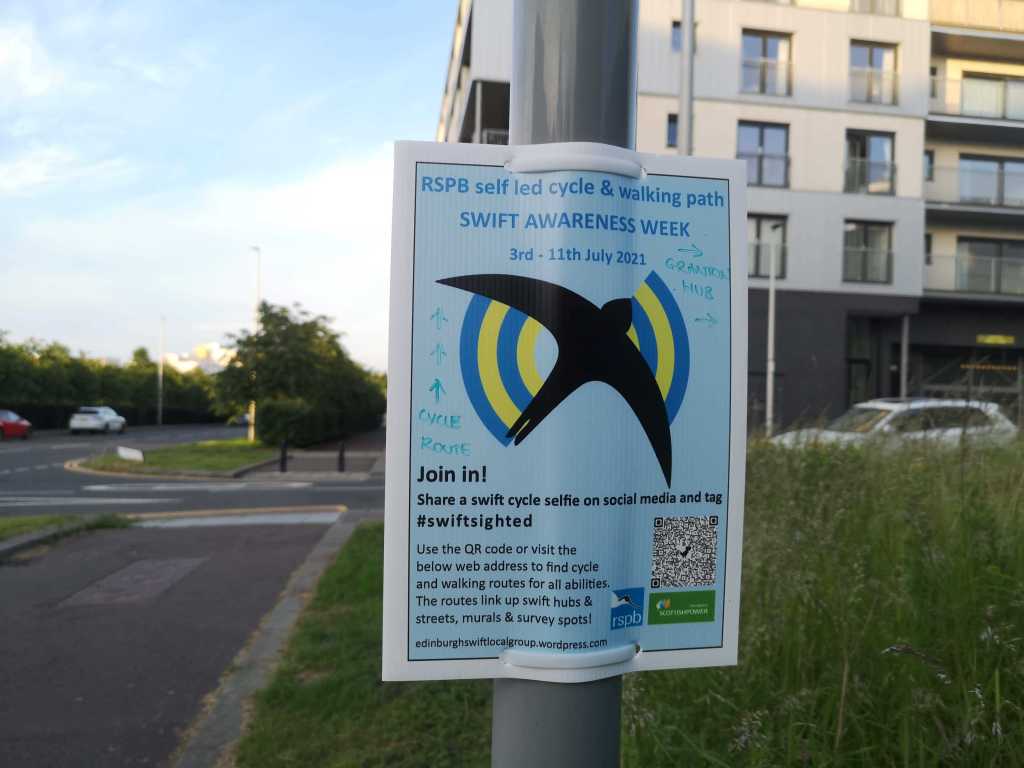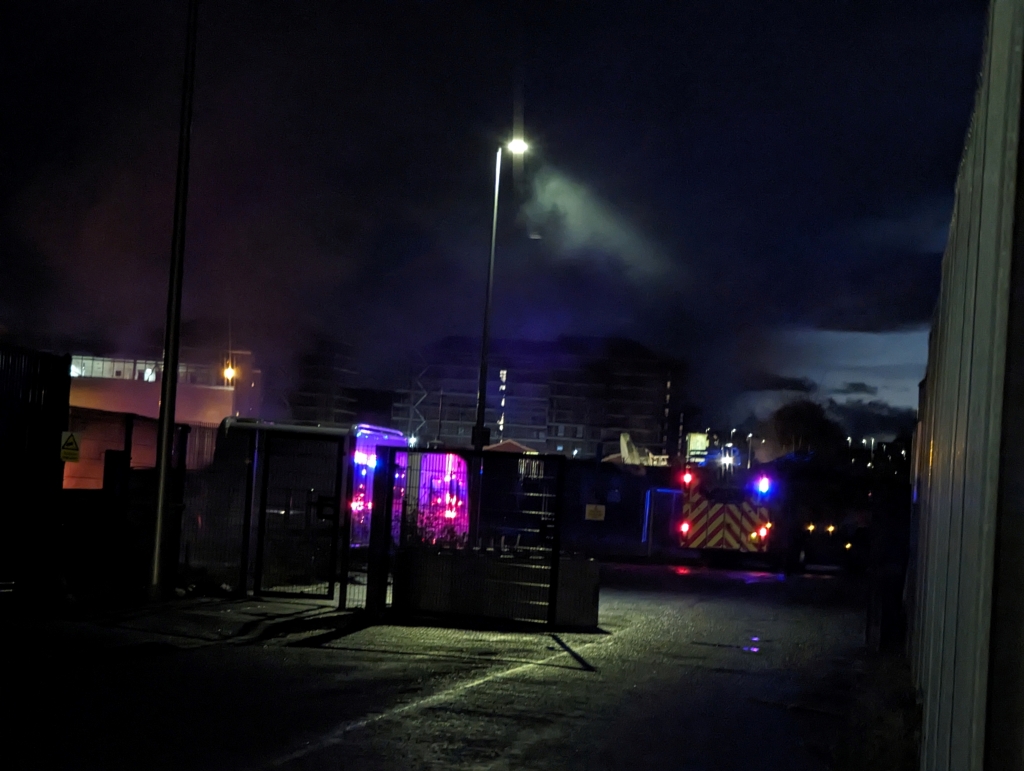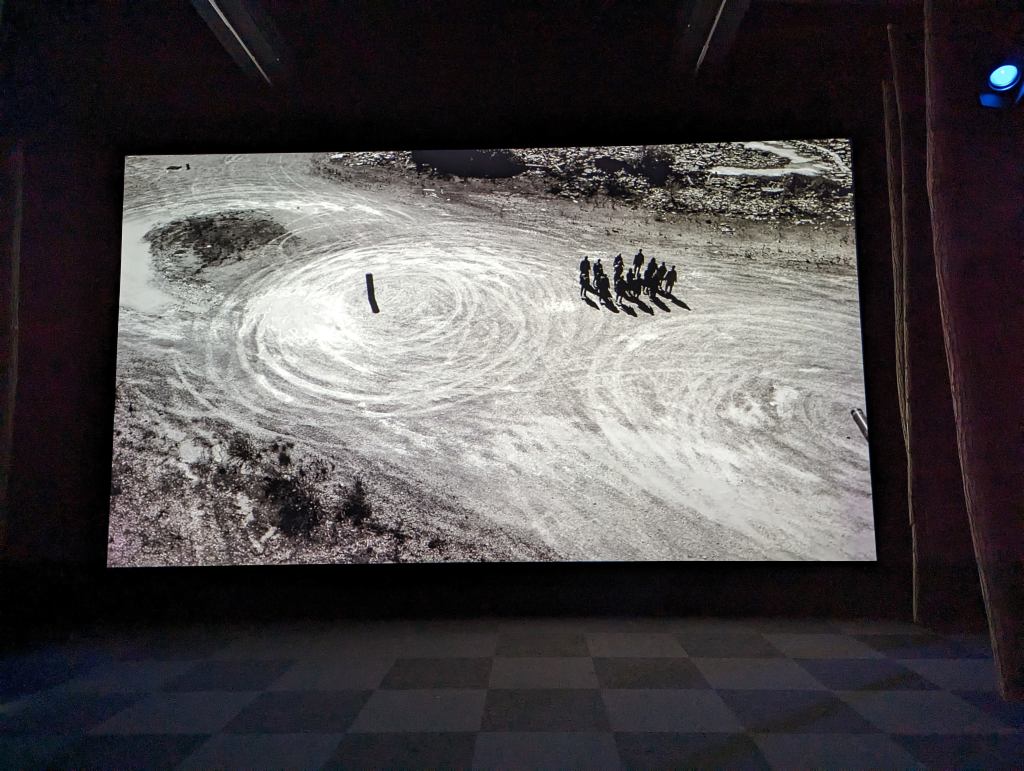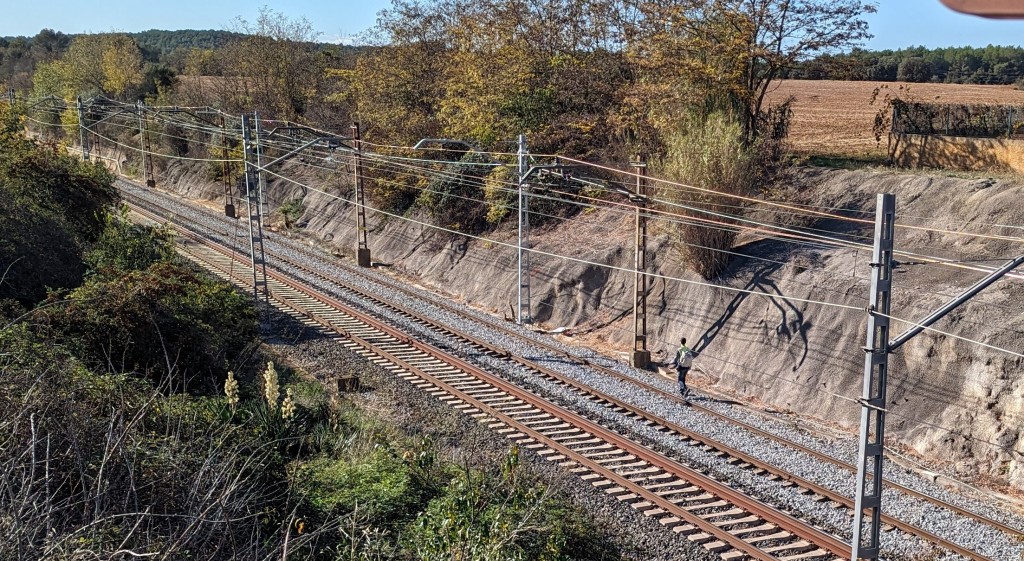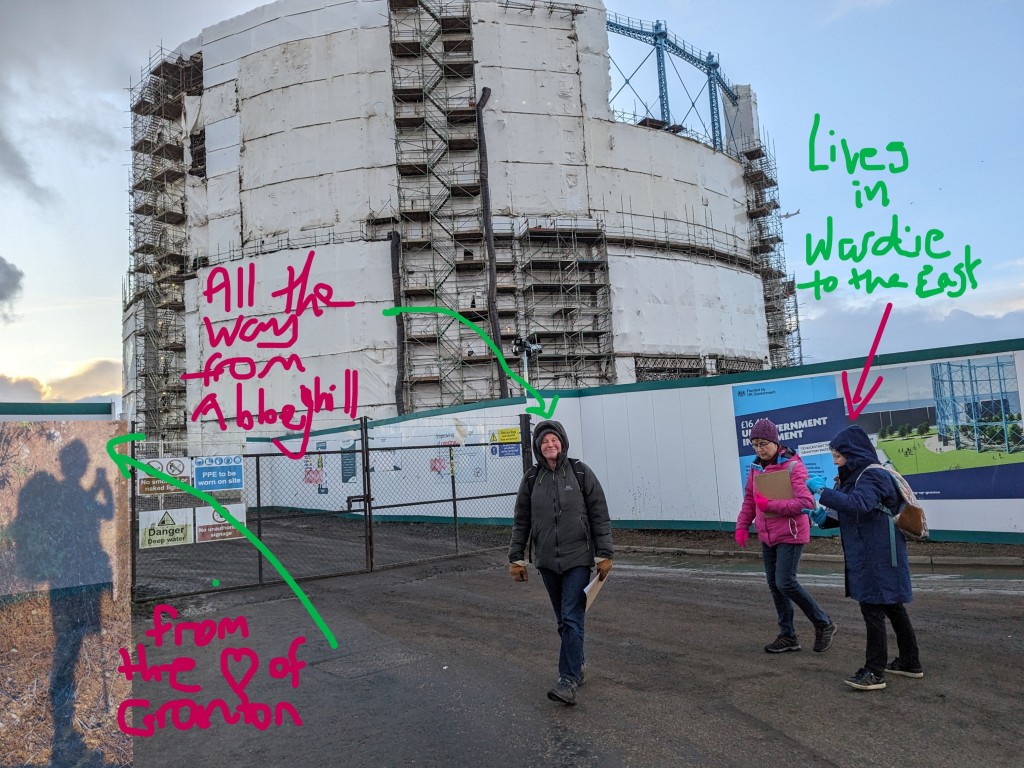I’m inviting you to walk with me to Knock on Wood, making a collective sound walk to celebrate the Urban Tree Festival in Granton, Edinburgh on 18th May 1.30 – 3.30 pm. This event is free of charge. Save the date!
Starting and ending at the Pianodrome, Granton. Refreshments will be available at 3.30pm (by donation). Accessibility: For everyone – mostly pavement walking, so wheels will be as welcome as feet – human, dog or other.

As well as being a song by Amii Stewart, the title for this walk Knock on Wood comes from a description of what people do when they’re looking for suitable trees to make pianos with. They knock on them and listen to the tone to see if they’re suitable.
We will walk together, to and around trees in Granton, knock on them and record the sounds, making a collective sound walk.
If you have a sound recorder or a recorder app on your phone, please bring it with you. Remember to charge it first! I will compile the recordings after the walk and hope we will have some material to make something of it. If walkers wish to be involved afterwards, that would be great. You will also be welcome to bring sketch books, draw, paint or respond in other ways to the trees we visit in the urban setting.

Hopefully we can visit some of the types of trees (using the Edinburgh Tree Map – link below) that are sometimes used to make pianos – spruce (Norway and Sitka), beech, rock maple, Douglas fir, walnut, cherry, alder, ash, holly, hornbeam, oak and Pippy (cat’s paw) oak. If you know the location of these trees in the vicinity of the Pianodrome, please let me know and I will divert the walk to include them if I can.
Wood used in piano making
The type of wood used for the acoustic part of Pianos is called Tonewood. This is the Wood that can be tested through knocking. It comes from the ‘European’ spruce tree, but it must be grown under very special circumstances. There must be sufficient altitude and I’m told that there’s nowhere in the UK high enough. Oak is an excellent tonewood, though it is rare to find it in commercially-available instruments. It has a warm, mellow resonance and is particularly suitable for an heirloom quality English piano.
The density of wood is based on how quickly the tree grows. When a tree grows slowly, the rings within are packed tighter together and when a tree grows quickly, the rings are further apart. Because trees grow at different rates based on the weather, temperature, soil and no end of other external factors that might affect them, the common, everyday tree has a variation in the size of rings within it meaning that it will ‘sound’ inconsistent.
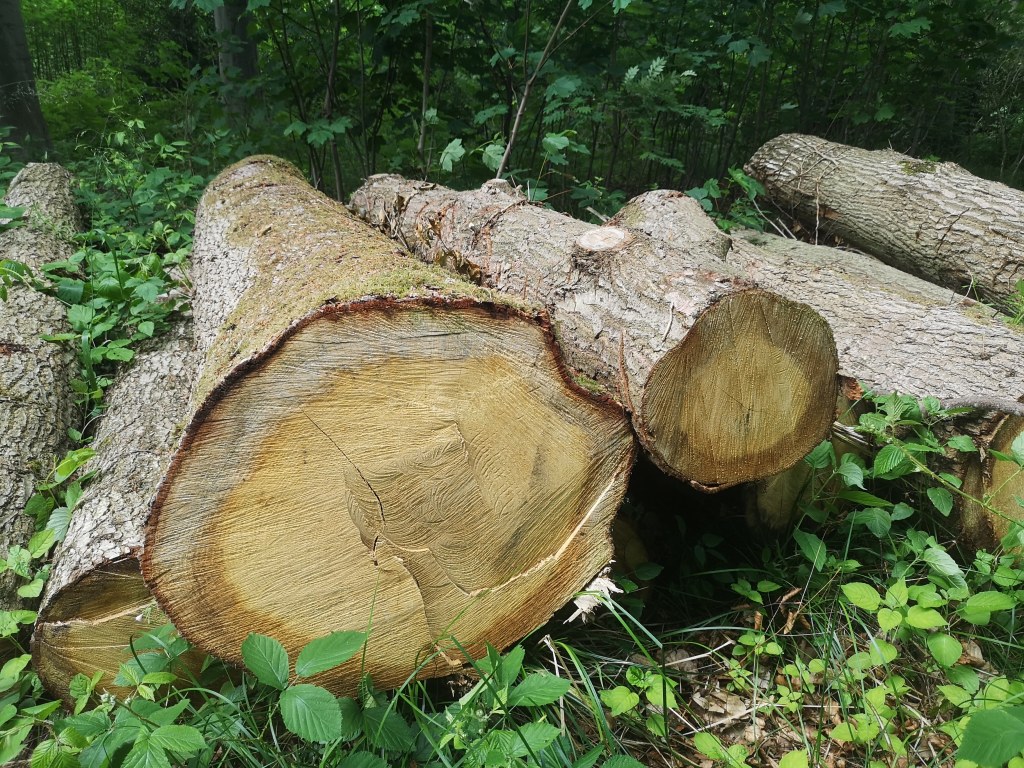

With thanks to Adam Cox of Cavendish Pianos, Jamie of British Hardwoods and Millers Music (Cambridge)

As some of you know, I have made walks before about Absent Trees of Granton – trees taken down to make way for the extensive new housing, so the Knock on Wood sound lyrics seem appropriate:
“I don’t want to lose you, this good thing
That I got ’cause if I do
I will surely
Surely lose a lotYou better knock, knock on wood, baby
Amii Stewart, Knock on Wood song lyrics
You better knock, knock on wood, baby
You better knock, knock knock, knock, knock”
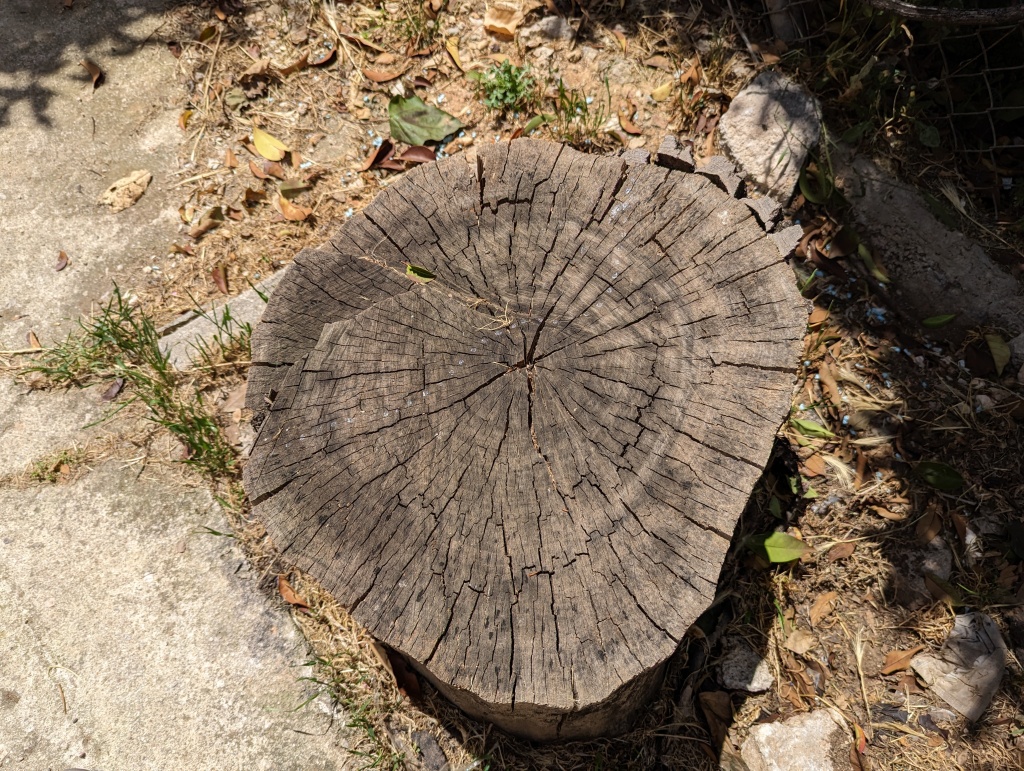
Knocking on wood (also phrased touching wood or touch wood) is an apotropaic (a type of magic intended to turn away harm or evil influences, as in deflecting misfortune or averting the evil eye) tradition of literally touching, tapping, or knocking on wood, or merely stating that one is doing or intending to do so, in order to avoid ‘tempting fate’ after making a favourable prediction or boast, or a declaration concerning one’s own death or another unfavourable situation.
Wikipedia
Pianodrome address: Pianodrome Warehouse Granton, The Red Bus Depot, 28 West Harbour Road, Edinburgh EH5 1PN.
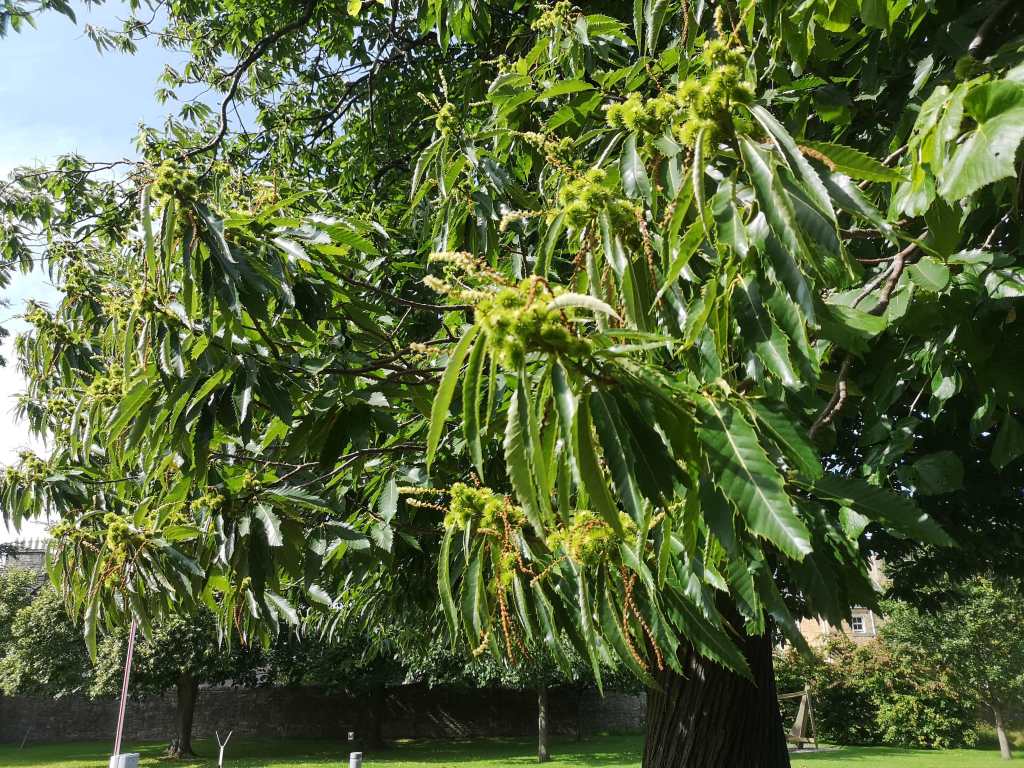
Find the Pianodrome near the crossroads of Chestnut St (Granton Middle Harbour), Waterfront Avenue and West Harbour Road, 10 minutes walk westwards from Granton Square.
Nearest transport links: There is parking at the Pianodrome. Buses: the 9 passes very close to the venue. Granton Square: 16, 19, 22, Airport 200. Good cycle paths in and out of the area though the West Harbour Road can be busy so take care.
W3W/// cried.emerge.gift
Please note that there will be a concert at 4pm that you may like to attend. Here’s the link to book tickets…

Collaborating with:
Urban Tree Festival https://urbantreefestival.org/
Pianodrome (piano experts and custodians of the community orchard) https://www.pianodrome.org/
Edinburgh tree map http://edinburghtreemap.org/
City of Edinburgh Council Forestry Service
Granton Community Orchard
Important documentation you might like to read:
City of Edinburgh Council Forestry Services https://www.edinburgh.gov.uk/downloads/file/34091/forestry-service-standards-performance-indicators
Trees in the City
https://www.edinburgh.gov.uk/downloads/file/34092/trees-in-the-city-tree-management-policies
Scottish Government on our trees: https://forestryandland.gov.scot/
Title photo: the magnificent oaks of Dalkeith Country Park
Thanks to Ewan Davidson for his help in identification and checking.








